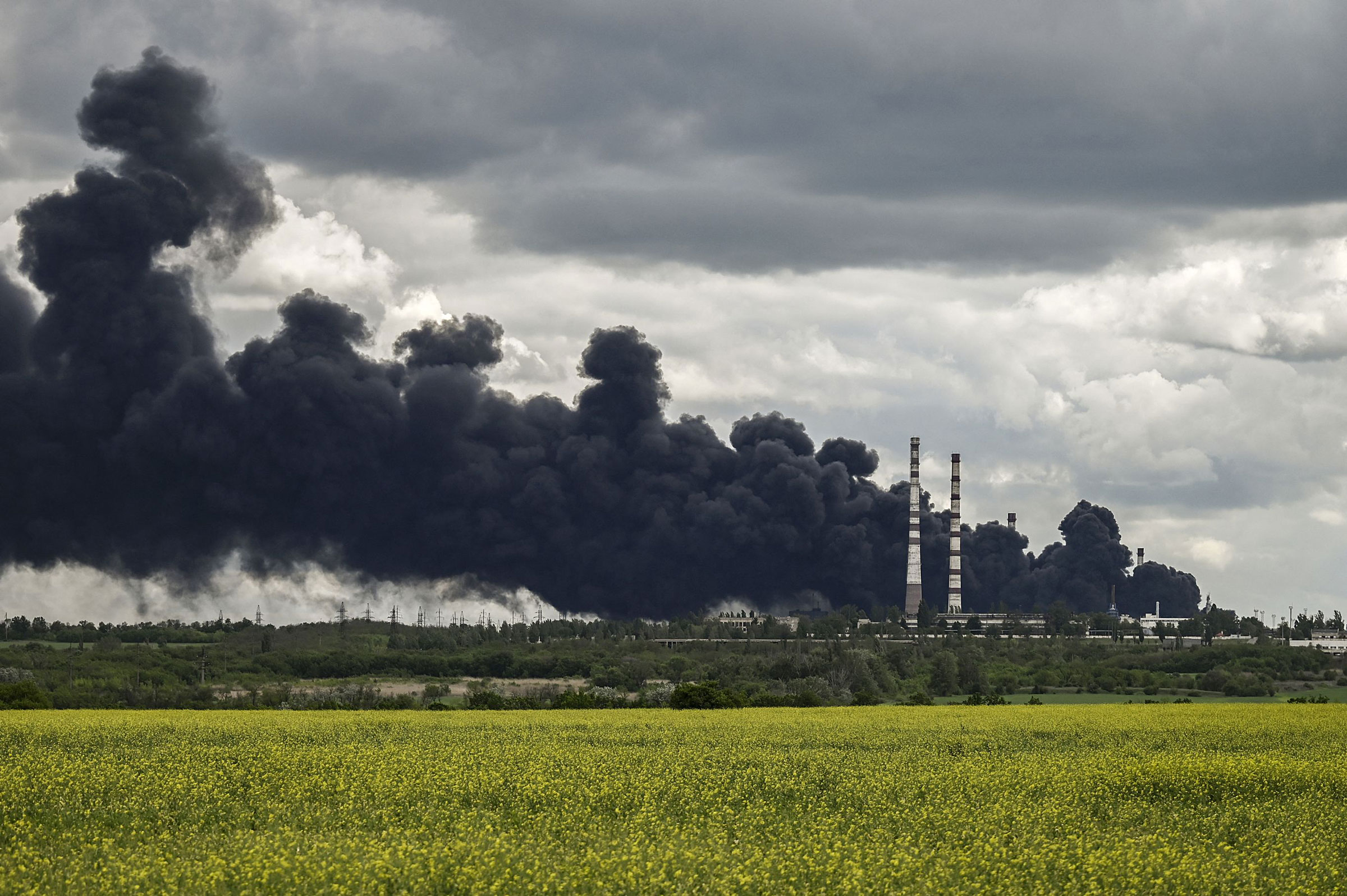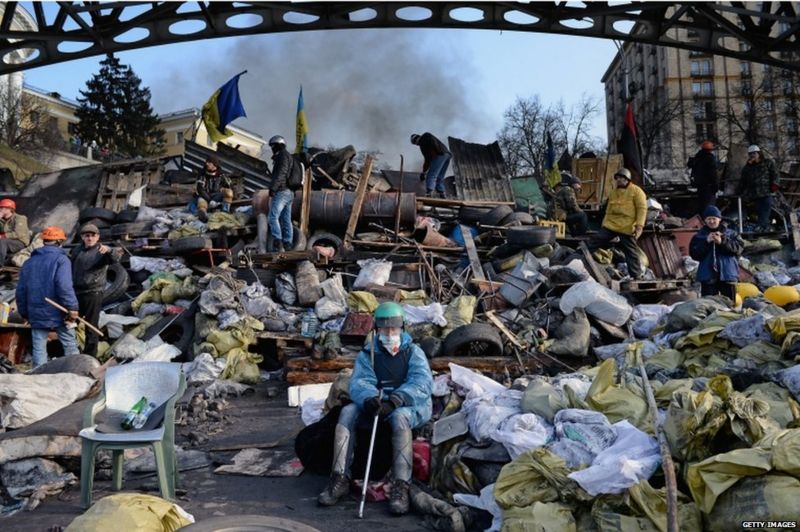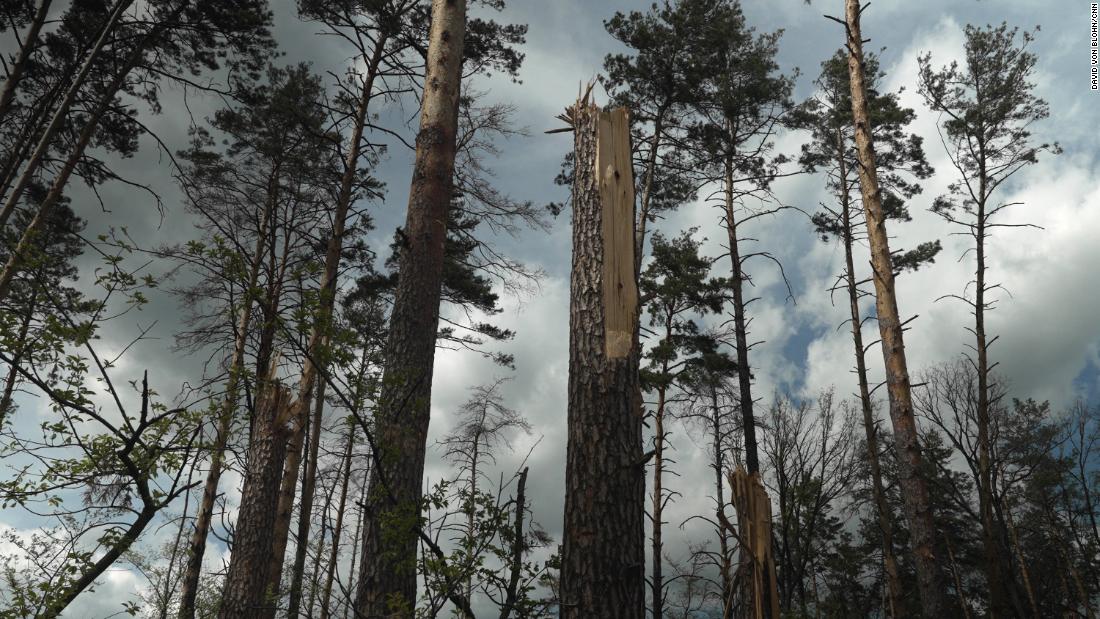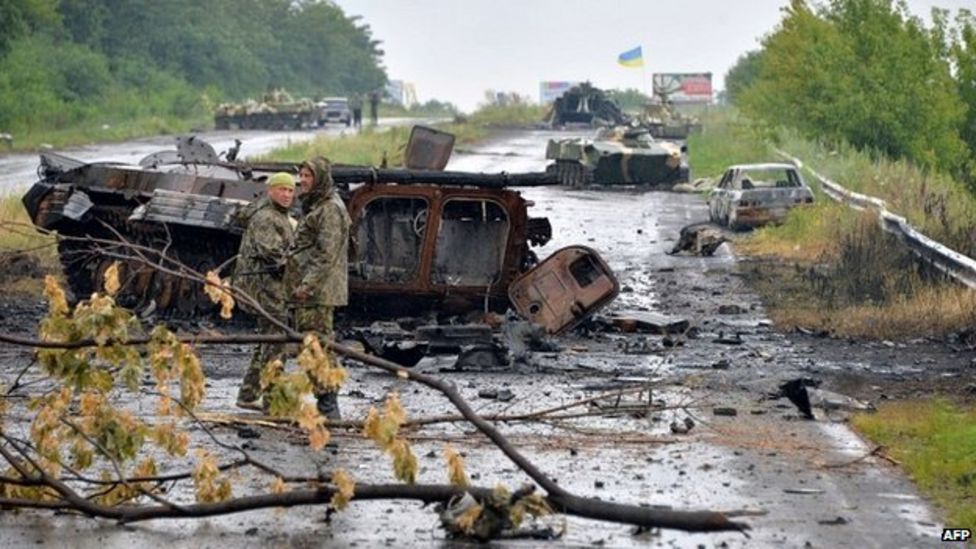
Analysing the Environmental Impacts of
Explosive Weapons Use in Ukraine
Conflict and Environment Observatory and Norwegian People’s Aid
Project Summary
(April 29, 2024) — The intensive use of explosive weapons (EW) in Ukraine has taken a heavy toll on people, livelihoods and ecosystems. The project Protecting the environment in armed conflict in Ukraine was initiated by NPA, and has been implemented together with CEOBS. The project has used remote sensing, field surveys and sampling to develop two case studies of conflict pollution and environmental harm in areas affected by EW use.
The project has assessed the presence and likely extent of soil pollution and wider environmental harm, and gathered data on the interconnected and reverberating effects of the use of EW, including the destruction of critical infrastructure, as well as impacts on local livelihoods and land use.
There is a need to document the consequences of the conflict in Ukraine on the environment to strengthen international humanitarian laws, environmental protection and the protection of civilians.
The fieldwork and focus group interviews with the authorities in Snihirvika and Komyshany indicated that there had been significant damage to the environment in both communities due to the use of EW. A full report with recommendations on future assessment needs, and options for land management, rehabilitation and sustainable recovery is expected at the end of May 2024. Download the Project Summary:

Download the Project Summary: ‘Protecting the Environment in Armed Conflict in Ukraine’
Background
The intensive use of explosive weapons (EW) in Ukraine has taken a heavy toll on people, livelihoods and ecosystems. The project Protecting the environment in armed conflict in Ukraine was initiated by NPA, and has been implemented together with CEOBS. The project has used remote sensing, field surveys and sampling to develop two case studies of conflict pollution and environmental harm in areas affected by EW use.
The project has assessed the presence and likely extent of soil pollution and wider environmental harm, and gathered data on the interconnected and reverberating effects of the use of EW, including the destruction of critical infrastructure, as well as impacts on local livelihoods and land use.
By gathering environmental data to support assessments, remedial measures and relief and assistance, the project has been informed by the principles on the Protection of the environment in relation to armed conflicts (PERAC principles), and the Political Declaration on Strengthening the Protection of Civilians from the Humanitarian Consequences Arising from the use of Explosive Weapons in Populated Areas.

Study Locations: Remote Case Assessments
The project’s remote analysis component assessed environmental risks at four sites:
- Snihurivska oil pumping station, Mykolaiv Oblast: hydrocarbon or chemical discharges.
- Halytsynove wastewater treatment plant, Mykolaiv Oblast: critical infrastructure damage and pollution risks from wastewater discharges to the environment.
- Tomato processing factory, Mykolaiv Oblast: pollution risks from damaged industrial facilities.
- Oil loading terminal and depot, Kherson: hydrocarbon or chemical discharges.
Field Assessments
Two locations were selected with distinct environmental and landscape contexts, as well as differing war-related impacts.
- Snihurivka community, Mykolaiv Oblast
- The community suffered massive infrastructure damage during the fighting and occupation, as well as property and landscape fires due to shelling;
- No active fighting currently, although recent missile/drone strikes;
- Active demining activities (HALO Trust, State Emergency Services of Ukraine (SESU), other operators) and restoration works;
- Land clearance and release process ongoing, large parts of community lands deemed unsafe;
- Large industrial incident (Kobzartsi oil pumping station), plus damage to fuel station, tomato factory, and agricultural enterprises;
- Numerous landmine incidents recorded, including on fields.
- Komyshany and Zymivnyk settlements, Kherson municipal community
- Hard-to-reach area classified as a community with active hostilities;
- No demining operators other than SESU;
- Large oil spill from a damaged pipeline after Kakhovka Dam disaster and flooding in June 2023;
- Released from occupation without considerable fighting, but ongoing shelling events with casualties since late 2022….

In Ukraine, damage from wars could last for generations.
Field Observations and Preliminary Results
The fieldwork and focus group interviews with the authorities in Snihirvika and Komyshany indicated that there had been significant damage to the environment in both communities due to the use of EW.
A full report with recommendations on future assessment needs, and options for land management, rehabilitation and sustainable recovery is expected at the end of May, available vianpaid.org and ceobs.org. Contact Kristin Holme Obrestad kristino@npaid.org or Dr Anna McKean anna@ceobs.org.

Preliminary Recommendations
Depending on the identified level of pollution, the following measures could be applied:
- To address physical damage to the land, including from earthworks, heavy vehicle movements, cratering and demining: restore land surface and sanitary conditions when safe to do so.
- To address unacceptably high pollution levels: remedial actions may include containment, removal and measures for chemical and/or biological remediation. These will be tailored to the site, contaminants and local capacities.
- For large areas with high pollution levels and with limited pollutant mobility: assess options and applicability of rewilding areas or conserving them for alternative purposes.
- Reducing the lateral migration of pollutants of military origin near Snihurivka through the restoration and creation of forest belts.
- Creating waterlogged areas to slow surface runoff.
- The withdrawal of land from agricultural use in the Snihurivka community on slopes with gradients of more than seven degrees (in accordance with the Law of Ukraine On Land Protection, Article 47), as well as from degraded lands, such as heavily eroded areas on the slopes of ravines, and in the upper reaches of gullies.
- The restoration of natural vegetation cover. Preference should be given to grass species for creating meadow-steppe habitats. The original natural landscapes of the studied communities are steppe.
- Preserve and increase vegetation cover on the slopes of the Ingulets River valley to reduce surface runoff from settlements and agricultural fields, and prevent intensive economic use of the river’s floodplains.
- Increase the proportion of green areas for both general use and special purposes in the territory of the city of Snihurivka and the town of Zymivnyk.
- Identify and implement nature-based solutions to support the community recovery and to reduce exposure to climate change.
Posted in accordance with Title 17, Section 107, US Code, for noncommercial, educational purposes.